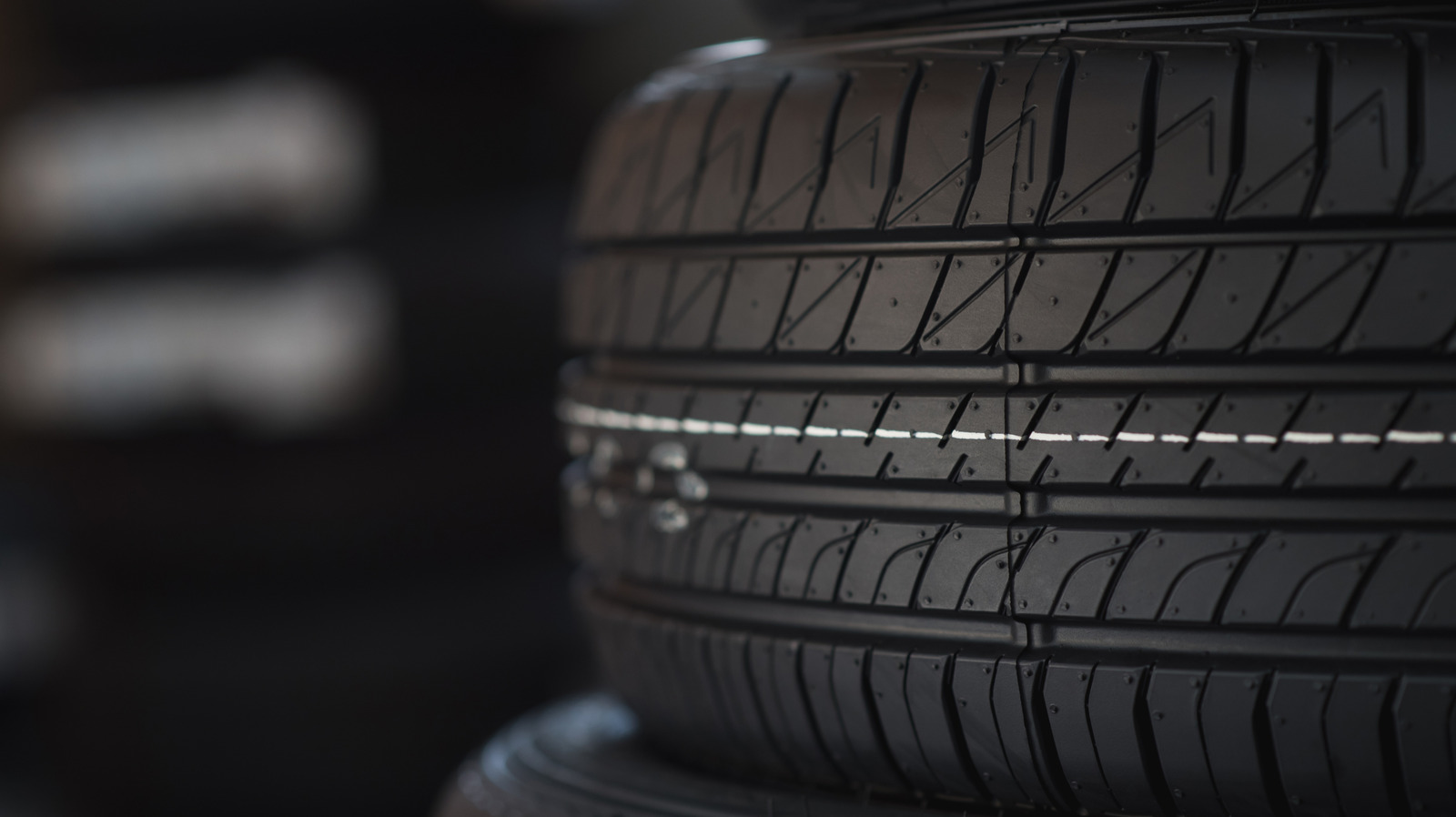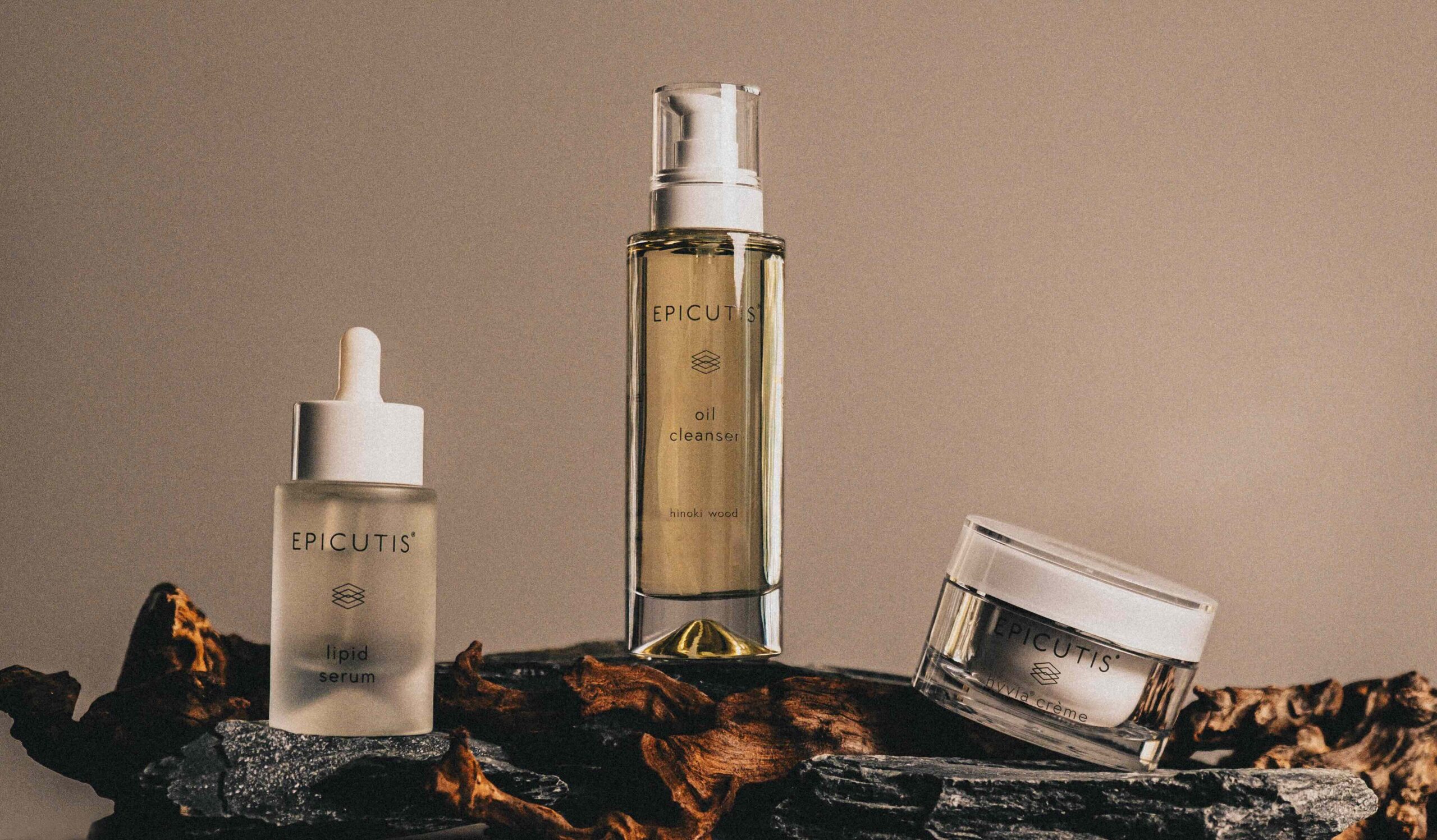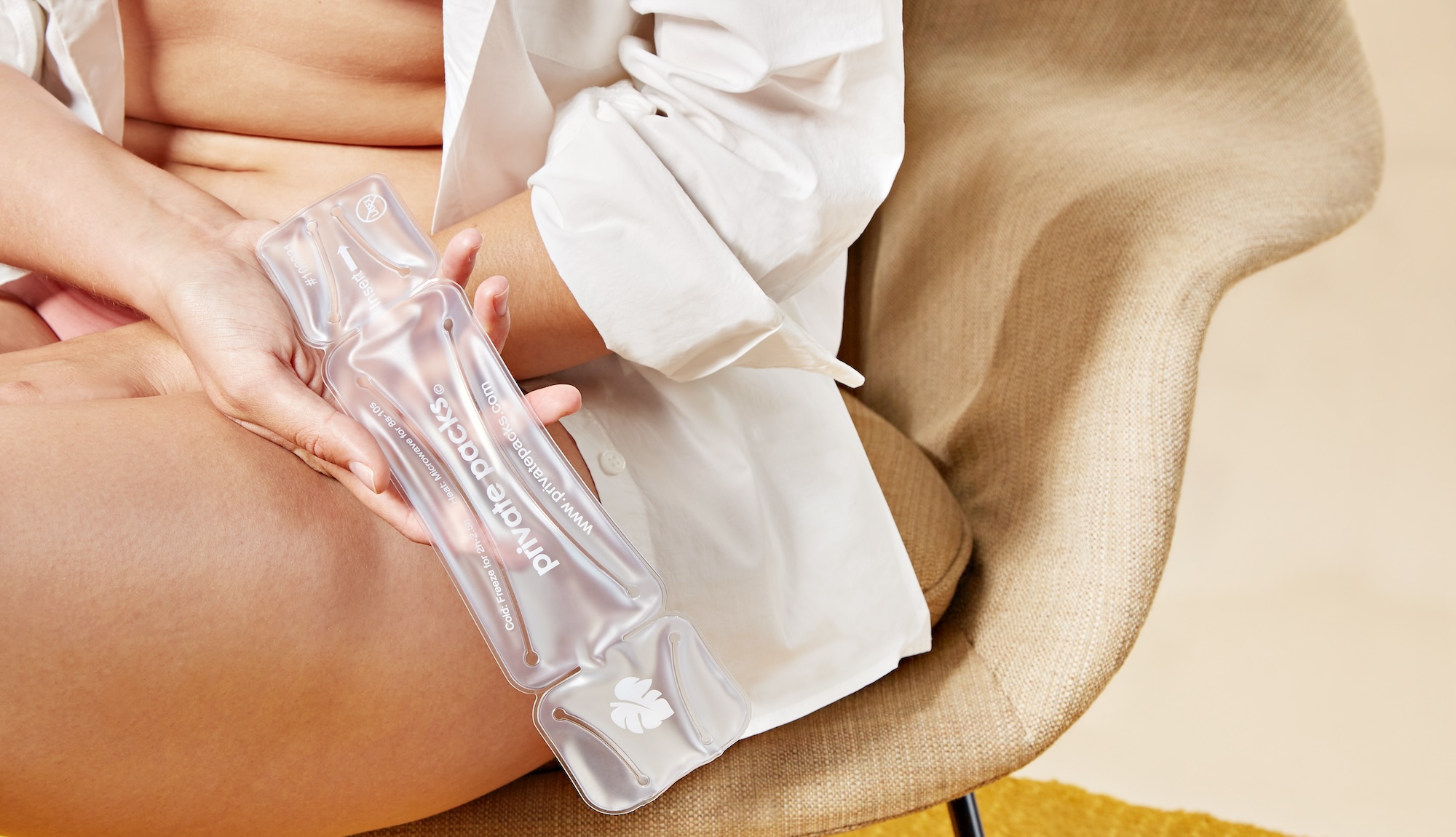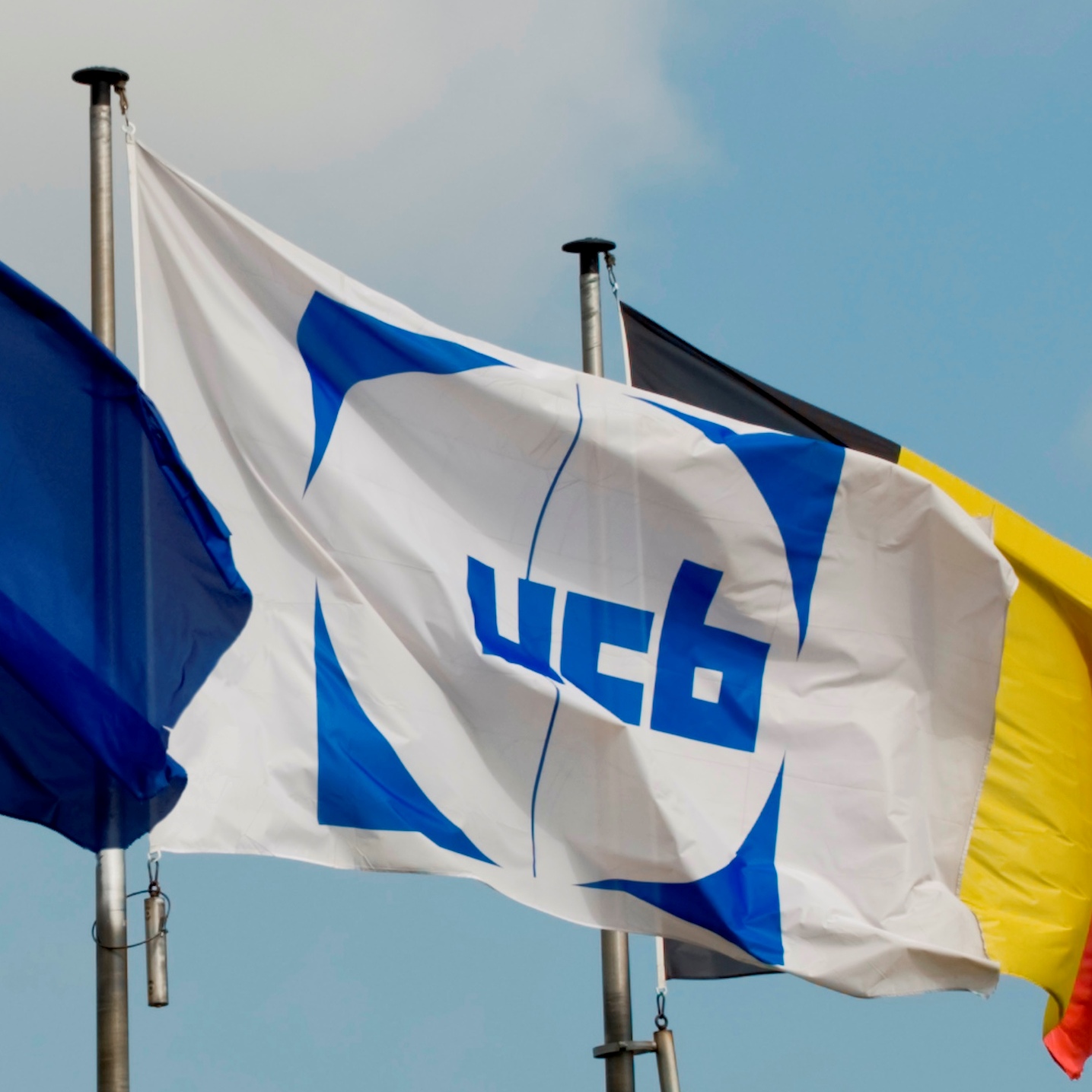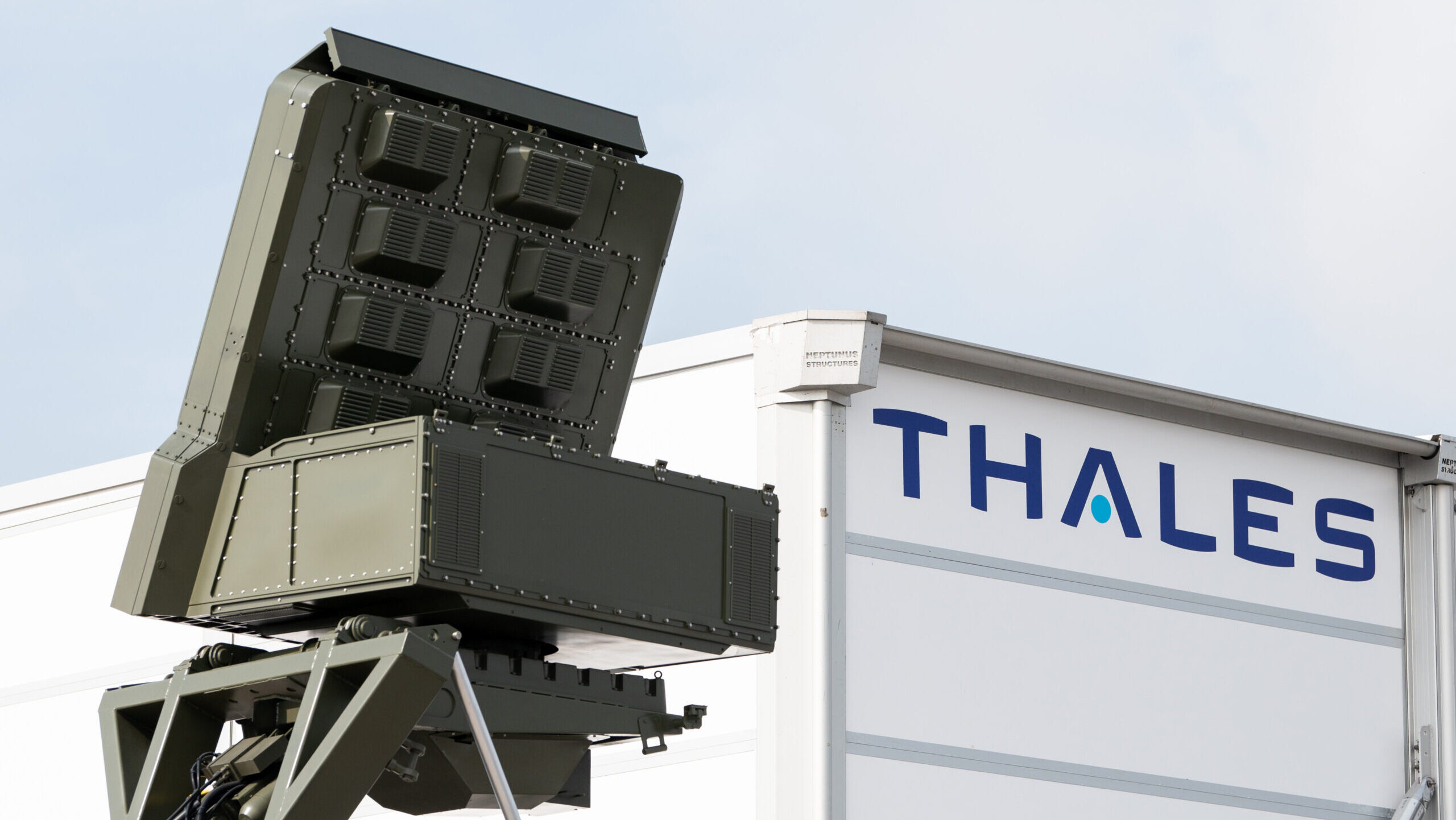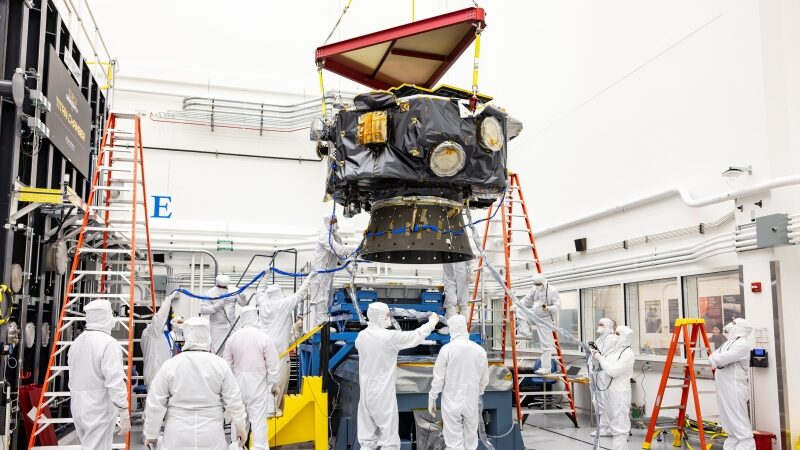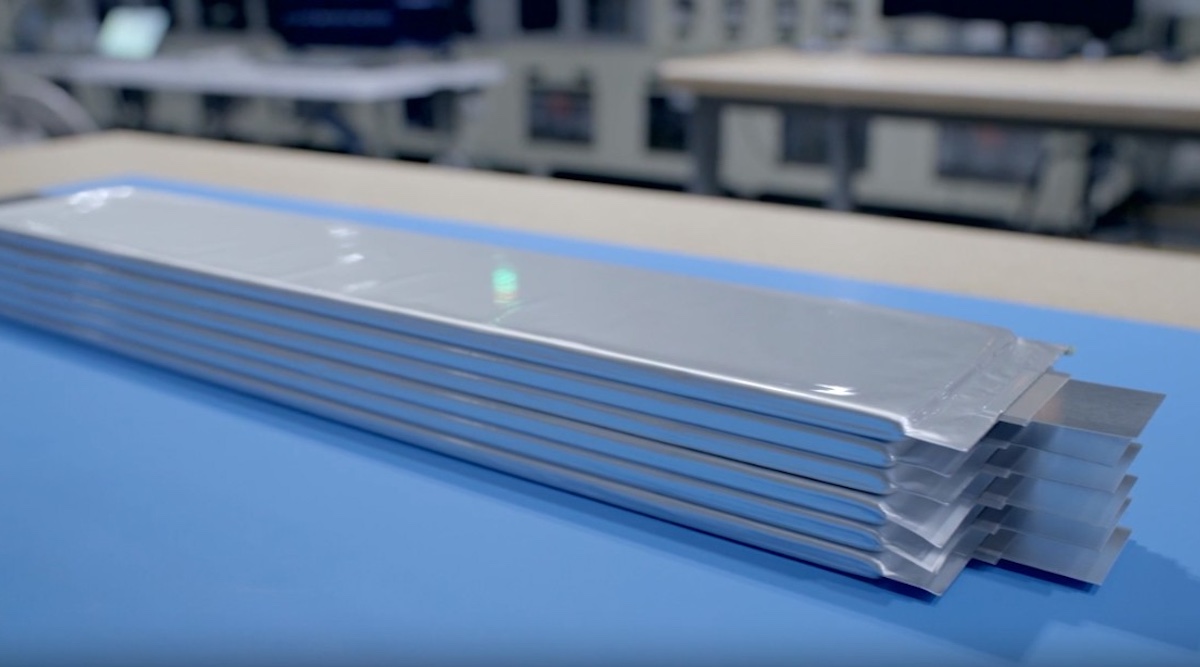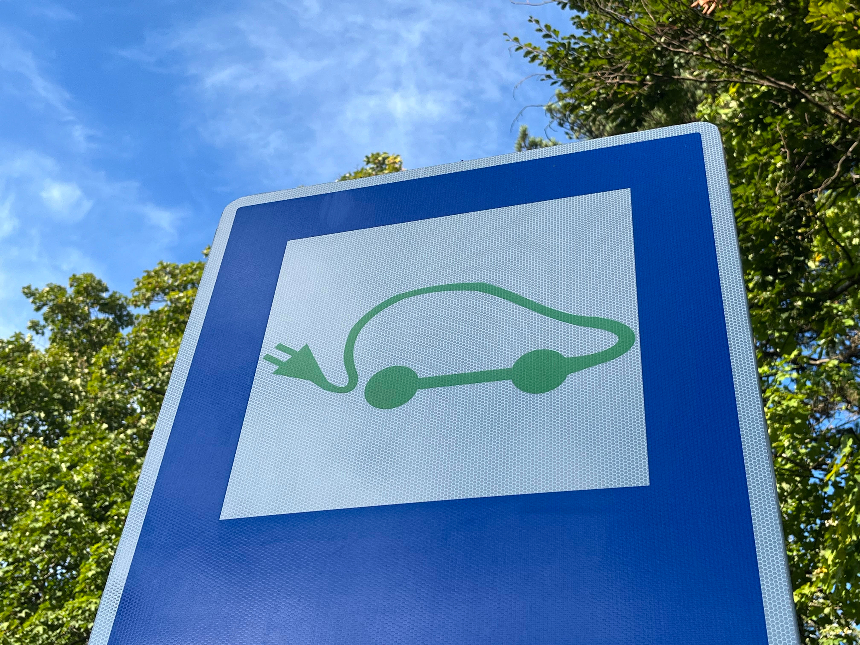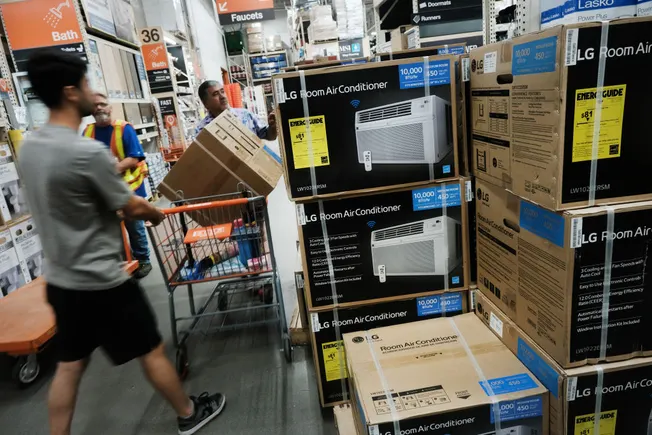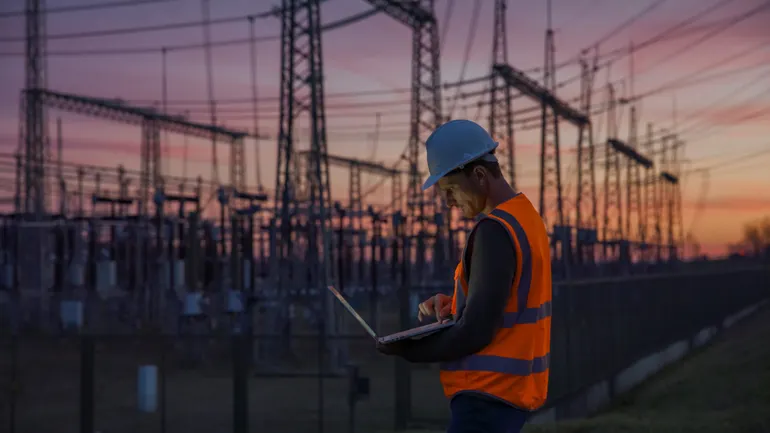Ion‐Anchoring Dipole‐Integrated Composite Elastomer Electrolyte and Cathode for High‐Performance Lithium Metal Batteries via Multiple‐Bridge Engineering
Advanced Energy Materials, Volume 15, Issue 24, June 24, 2025.

The multiple-bridge engineered composite elastomer electrolyte enhances Li+ transport through ion-rotating and ion-anchoring dipole interactions, as well as hydrogen bonding, improving conductivity and promoting uniform Li+ deposition. The composite elastomer cathode improves interfacial stability, resulting in excellent cycling stability in lithium metal batteries, making it a promising solution for future rechargeable batteries.
Abstract
Solid-state electrolytes (SSEs) hold significant potential for advancing lithium metal batteries (LMBs) by enhancing safety through the replacement of liquid electrolytes. However, challenges such as low ionic conductivity, limited electrochemical stability, and poor electrolyte/electrode interface compatibility hinder the development of high-energy-density LMBs. Herein, a strategy for designing SSEs is proposed using multiple-bridge engineered composite elastomer electrolytes (CEEs) that incorporate ion-rotating dipole interactions, ion-anchoring dipole interactions, and hydrogen bonding, along with a CEE-based composite elastomer cathode (CEC). This design combines a volume-adaptive elastomer matrix, a high-Li+ conducting deep eutectic electrolyte, and robust nanowires. The resultant CEE exhibits high ionic conductivity (1.7 × 10−3 S cm−1), a lithium transference number of 0.72, and a wide electrochemical stability window (up to 4.9 V) at 298 K. The engineered uniform Li+ flux also promotes stable Li plating/stripping for over 900 h at 0.1 mA cm−2. Furthermore, the LFP-based CEC|CEE|Li full cells deliver a reversible capacity of 133 mAh g−1 with 95% retention after 300 cycles in coin cells, and 129 mAh g−1 with 96% retention after 250 cycles in pouch cells at 1 C. This strategy presents a promising approach for designing solid-state polymer electrolytes to extend the lifespan of high-energy-density LMBs.





























